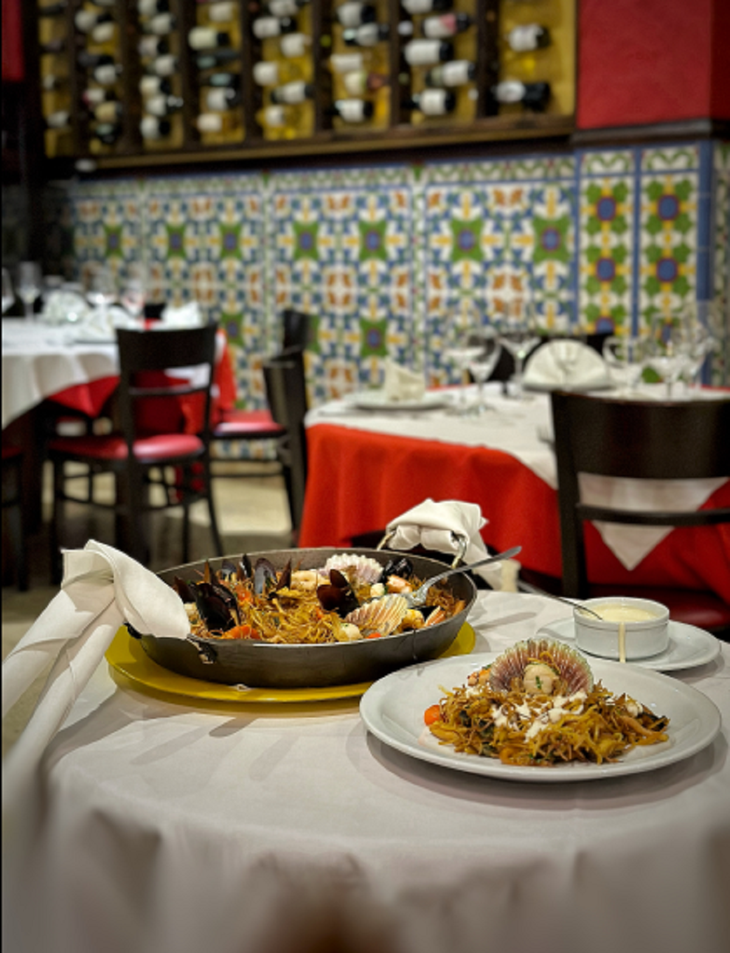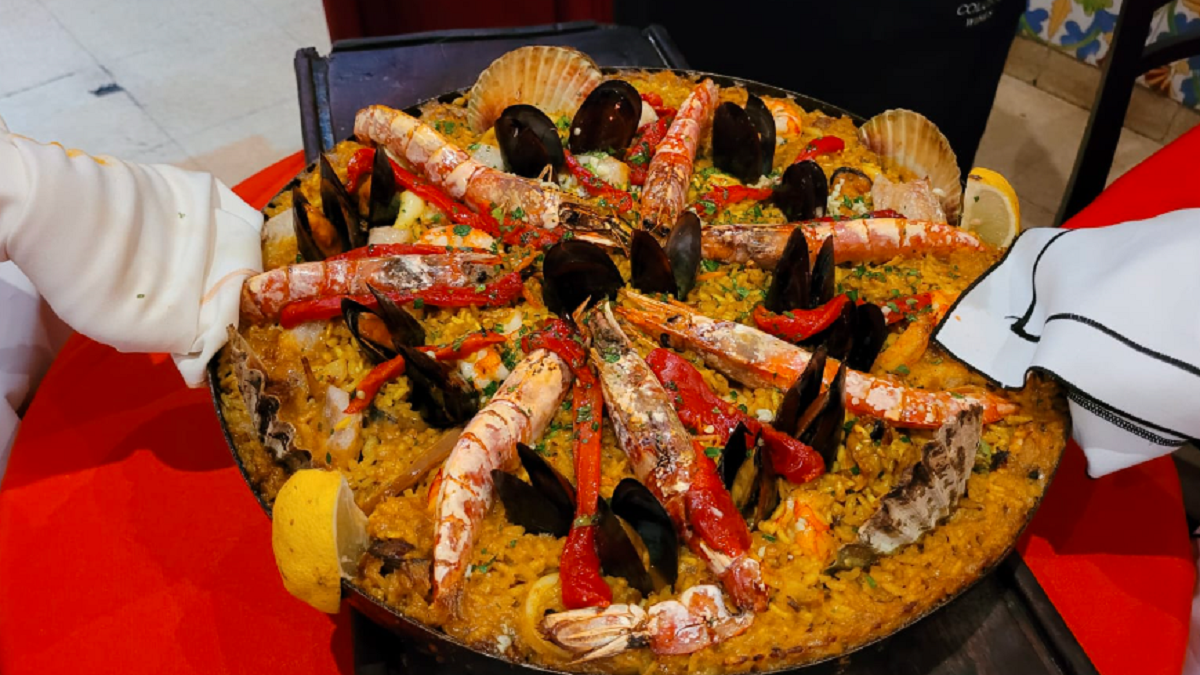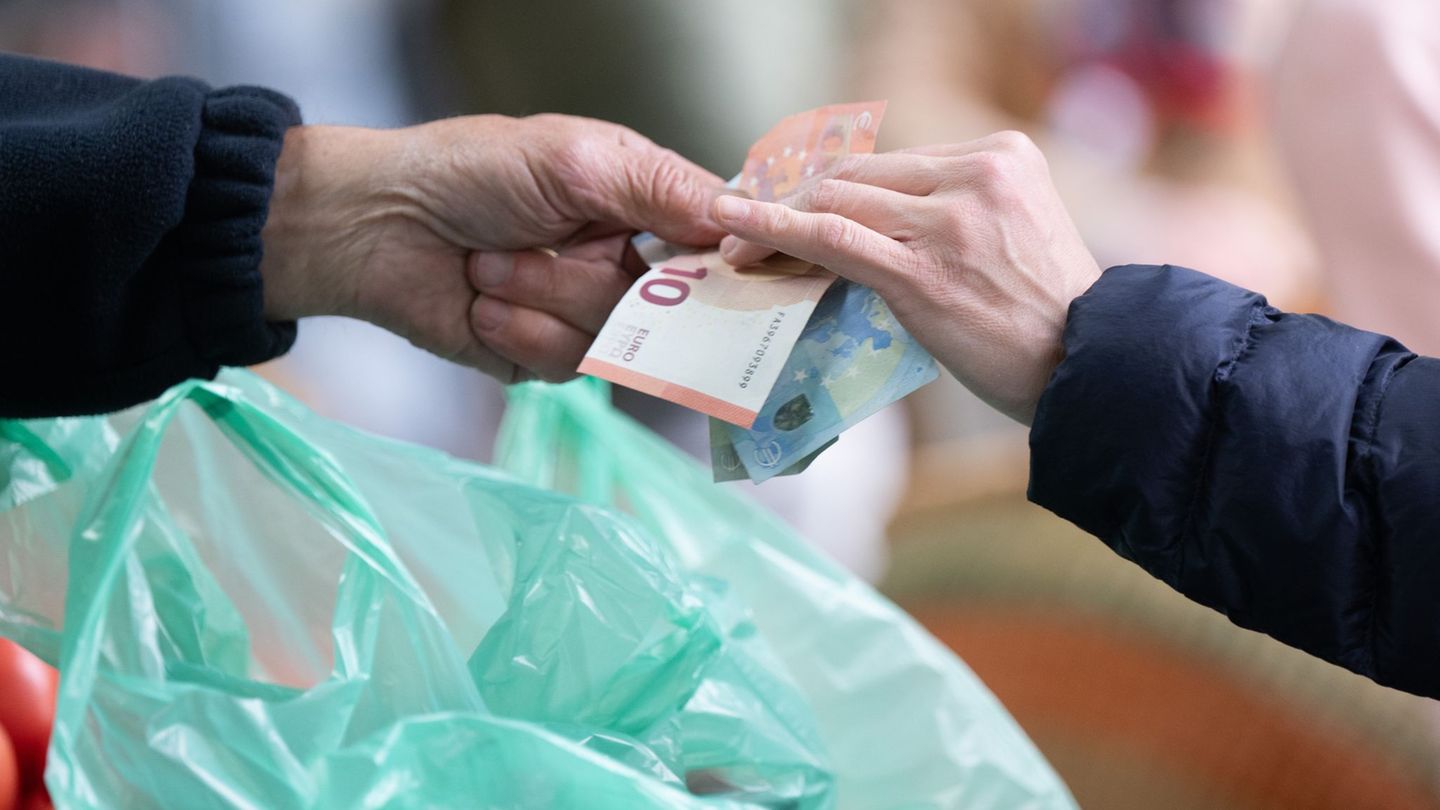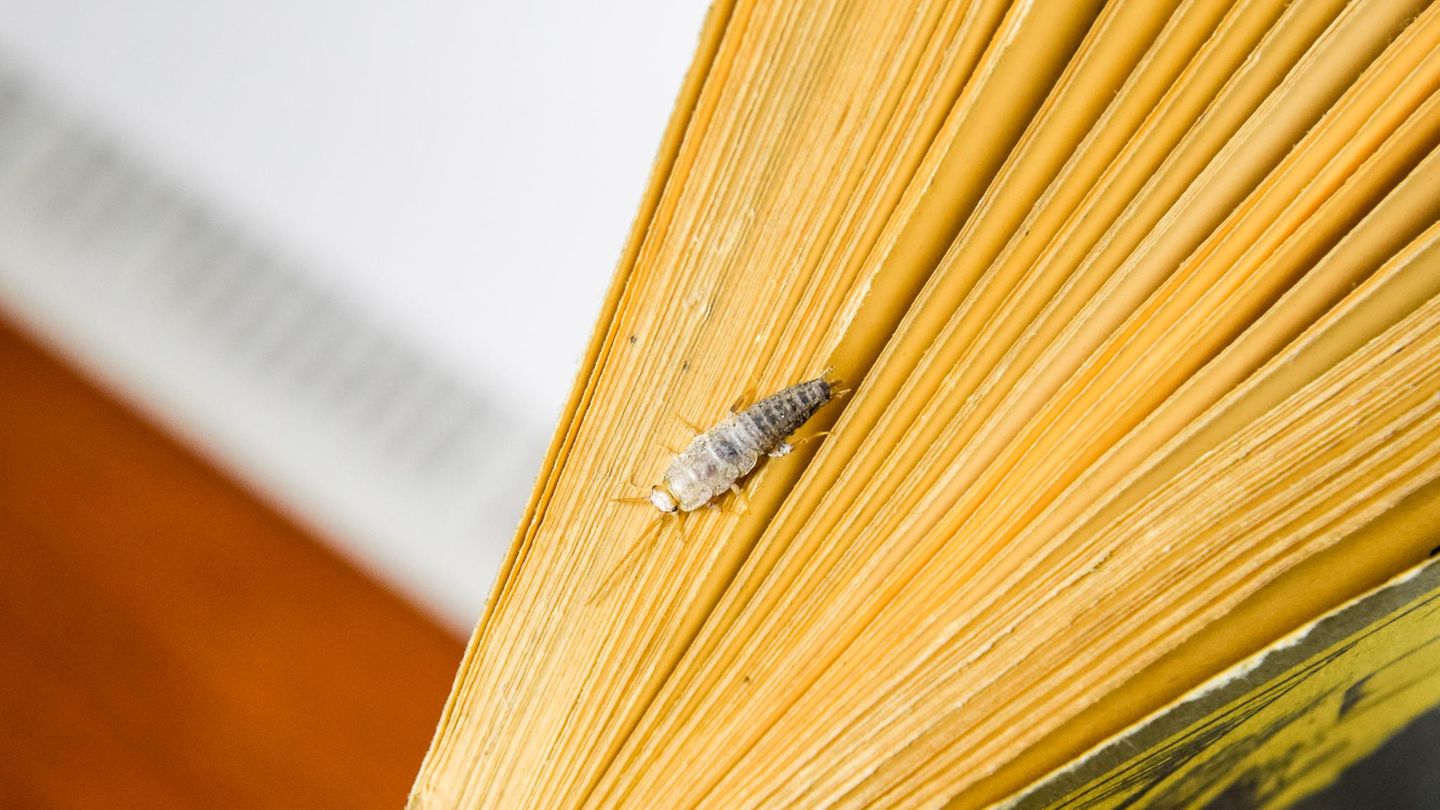Perhaps one of the most sought-after dishes in Spanish gastronomy, paella has had its day for four years: September 20, celebration of World Paella Day.
Emblem of Valenciaalso known for the fallas, the Mediterranean beaches and the city of arts and sciences, in the city, Valencians share the dish and the preparation with other countries, to choose the champion paella maker. September was chosen because it is the most important month in the rice cultivationwhen the harvest is carried out, the main ingredient of paella.
In its origins, the ingredients were the birdshe rabbit of field or harethe vegetables fresh ones that were within reach, rice, saffron and olive oilwhich were mixed in the paella (paella is the container where it is prepared, that is, the pan) with water and orange branches. Everything was cooked over a low heat.
casal2.jpg
In fact, in its beginnings, it was composed simply of rice, flour and almond milk. A recipe that was gradually enriched, adding other types of ingredients that the farmers had available, all of course cooked over a slow fire and with firewood, specifically with orange wood.
The restaurant
Samuel Luque, owner and chef of Casal de Cataluña, went looking for the best paella in Buenos Aires and as he couldn’t find one that convinced him completely, he decided to make it himself. That’s why he took over the reins of Casal. Today, the restaurant of Catalan origin has three types of paellas to share.
The Casal de Catalunya restaurant is located in a true architectural gem from the late 19th century in the heart of the San Telmo neighborhood. Its menu is a culinary journey to the best of Catalan and Mediterranean cuisine.
Today the restaurant offers a variety of typical dishes such as tortilla, suckling pig, stuffed piquillo peppers, snails in tomato sauce, a wide variety of fish and desserts such as Catalan cream, among other delicacies. But without a doubt, paella is the most requested dish and one of the emblems of its cuisine.
Origins of paella
According to experts, it originated in rural areas of Valencia, between the 15th and 16th centuries, due to the need of farmers and shepherds for a meal that was easy to prepare and made with ingredients they had on hand in the countryside. They always ate it in the afternoon.
Originally, the ingredients were poultry, wild rabbit or hare, fresh vegetables that were available, rice, saffron and olive oil, which were mixed in the paella (paella is the container where it is prepared, that is, the pan) with water and orange branches. Everything was cooked over a low heat. In fact, in its beginnings it was simply made up of rice, flour and almond milk. A recipe that was gradually enriched by adding other types of ingredients that the farmers had available, all of course cooked over a low heat and with firewood, specifically with orange wood.
casal1.png

A romantic theory goes that a man made paella for his girlfriend to win her affection. In Spanish, paella can be a derivation of the phrase “for her” or “for her.” While this may just be a cute story, there is some truth to it, as in Spain, women generally cook, but paella is traditionally a man’s job.
Source: Ambito
I am an author and journalist who has worked in the entertainment industry for over a decade. I currently work as a news editor at a major news website, and my focus is on covering the latest trends in entertainment. I also write occasional pieces for other outlets, and have authored two books about the entertainment industry.




